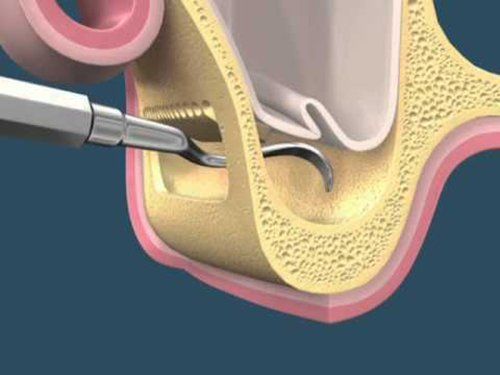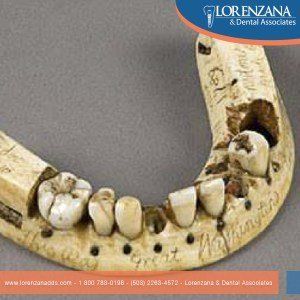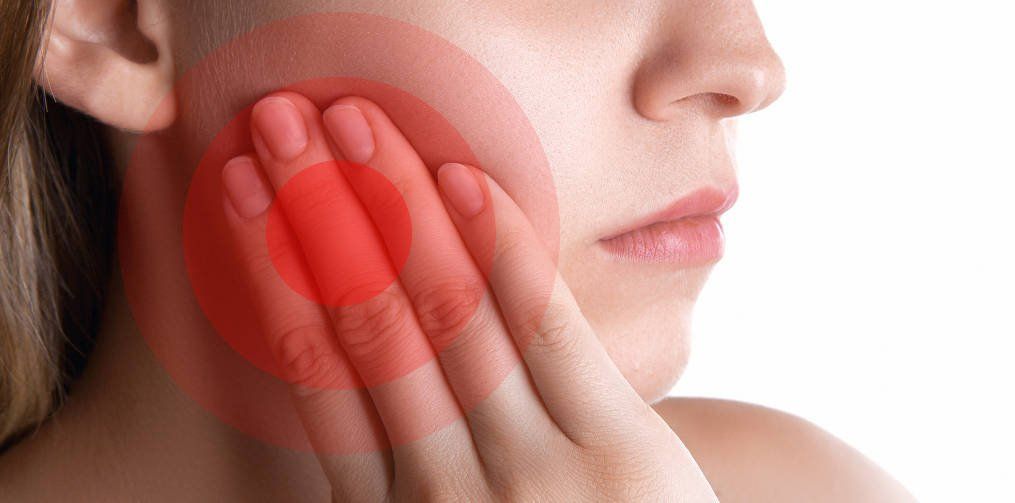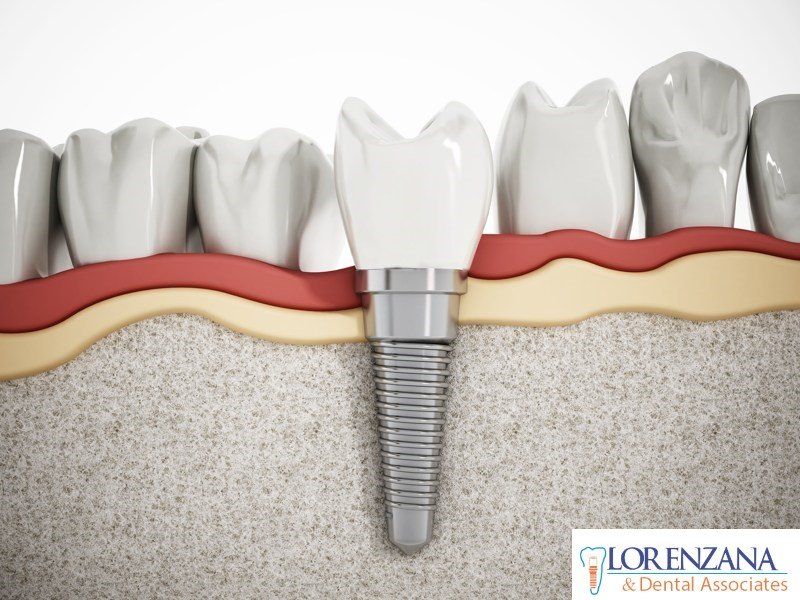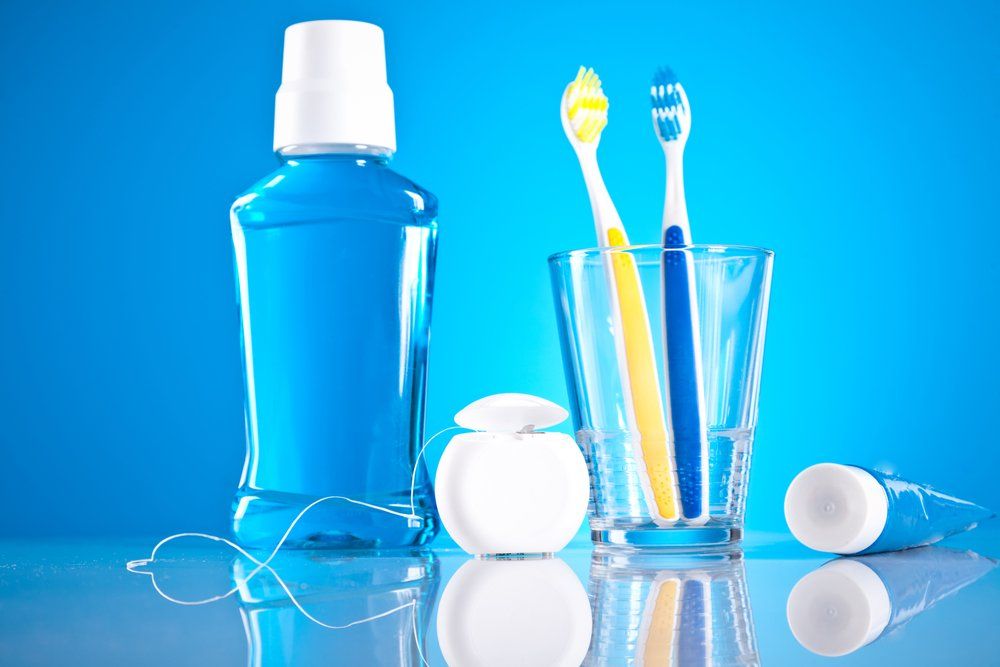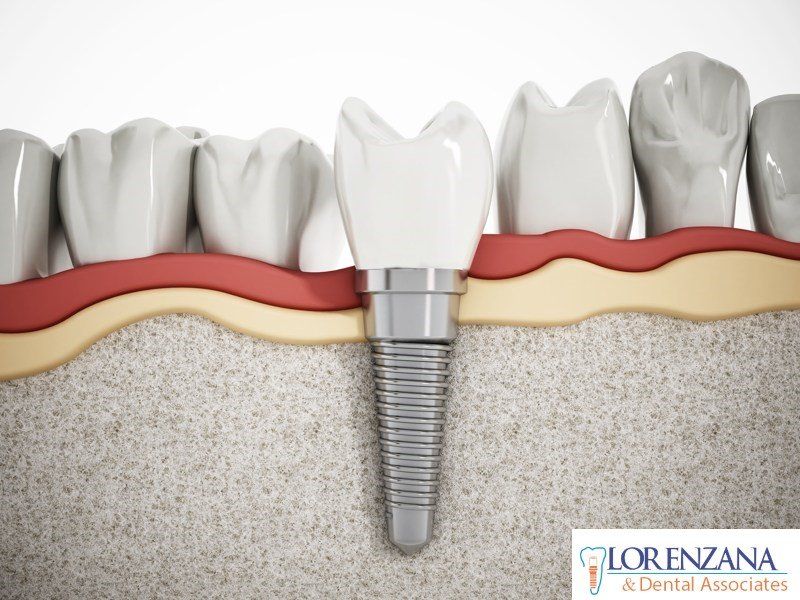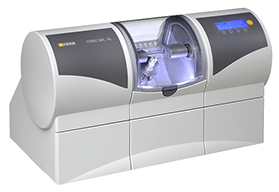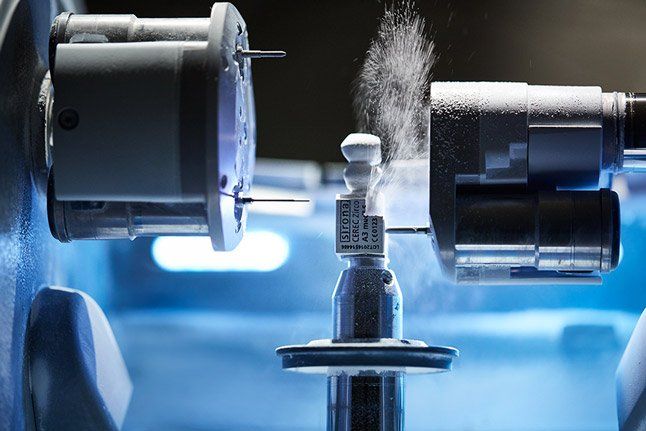Historia de los Implantes Dentales
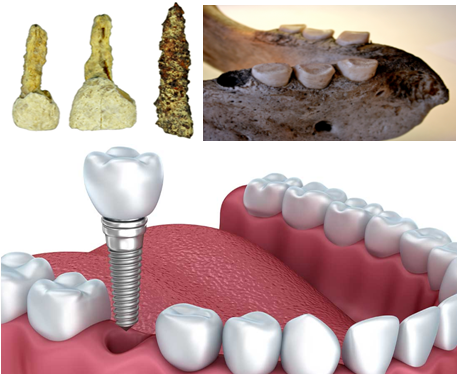
Aunque los implantes dentales de titanio que conocemos son un invento del mundo moderno, las civilizaciones siempre han buscado maneras de reemplazar dientes perdidos. Esto ha conllevado a la construcción de una rica y larga historia tras el uso de implantes dentales.
Historia Antigua
- Tan pronto como el año 2000 AC , los pueblos en la antigua China tallaban clavijas de bambú para reemplazar dientes perdidos.
- Los restos de un rey egipcio que se remontan al año 1000 AC muestran que él tenía una clavija de cobre insertada en su maxilar para reemplazar un diente, aunque los científicos no han podido determinar si la clavija fue colocada mientras el rey vivía o después de su muerte.
- En una tumba celta en Francia, se descubrió un diente de hierro el cual se cree que remonta al año 300 AC , aunque fue probablemente incrustado en la mandíbula de la persona cuando esta ya estaba muerta.
- Hay muchos hallazgos que muestran que en la antigüedad era relativamente común que los dientes perdidos fueran reemplazados con dientes de otras personas o animales.
- Los mayas, alrededor del año 600 DC , utilizaban conchas como reemplazo de dientes de la mandíbula.
- Cerca del año 800 DC , un implante hecho de piedra fue preparado por primera vez y colocado en la mandíbula de personas en los pueblos nativos en Honduras.
- Varios otros materiales han sido encontrados en cráneos antiguos, como piedras preciosas.
Historia Moderna
- En el siglo XVIII , algunos investigadores experimentaron con aleaciones de oro para hacer implantes dentales, pero no fueron muy exitosos.
- En 1886 , un doctor colocó una corona de porcelana en un disco de plástico.
- Hasta este punto, los reemplazos de dientes no eran exitosos porque los objetos extraños eran rechazados por el cuerpo del paciente y no se integraban al hueso.
- En 1952 , un cirujano ortopeda llamado Dr. P.Brånemark descubrió que un cilindro de titanio se integró al fémur de un conejo durante un estudio sobre regeneración ósea. Él pensó que esta fusión podría ser utilizada en otros campos de la medicina.
- En 1965 , Dr.Brånemarkcolocó el primer implante dental de titanio en un voluntario humano.
- En 1975 , un dispositivo como implante fue colocado a través de una incisión bajo el mentón y unido a la mandíbula del paciente por Dr. Small. Este dispositivo fue llamado el implante de grapa mandibular.
- En 1978 , Dr. P. Brånemark presentó la evolución y pruebas de un sistema que utilizaba tornillos de titanio puro. Estos fueron colocados por primera vez en sus pacientes en 1965 y fueron los primeros implantes en ser bien documentados y haberse mantenido en buen estado hasta entonces.
- En la actualidad , el éxito de la colocación de un implante dental de titanio en 1965 ha llevado a que implantes dentales de este material sean utilizados en todo el mundo y que, con técnicas y tecnologías mejoradas, los implantes tengan tasas de éxito cercanas al 100% y duren incluso toda una vida.
FUENTES:
Smith, Yolanda. "History of Dental Implants". News Medical Life Sciences.
Abraham, Celeste. "A Brief Historical Perspective on Dental Implants". US National Library of Medicine.
History of Dental Implants

Although titanium dental implants as we know them are an invention of the modern world, civilizations have always searched for ways to replace missing teeth. This has led to the built-up of a rich, long history behind the use of dental implants.
Ancient History
- As early as 2000 BC
, people in ancient China used carved bamboo pegs to replace the missing teeth.
- The remains of an Egyptian king dating all the way back to 1000 BC show that he had a copper peg hammered into his upper jawbone to replace a tooth, although scholars have not been able to determine whether the peg was attached while the king was alive or after his death.
- In a Celtic grave in France, an iron tooth was discovered which is believed to date back to 300 BC , though it was probably hammered into the jaw after the person's death.
- Findings have shown that in ancient history it was relatively common for missing teeth to be replaced with teeth from other people or from animals.
- The Mayan population roughly around 600 AD
utilized pieces of shells as a replacement for mandibular teeth.
- At around 800 AD
, a stone implant was first prepared and placed in the mandible in the early Honduran culture.
- Several other materials have been found in ancient skulls, such as jewels.
Modern History
- In the eighteenth century
, some researchers experimented with gold and alloys to make dental implants, but they were not very successful.
- In 1886 , a doctor placed a porcelain crown on a plastic disc.
- Until this point, teeth replacement were not successful because the foreign objects were rejected by the patient's body and the replacement teeth did not fuse with the bone.
- In 1952 , an orthopedic surgeon named Dr. P.Brånemarkfound that a titanium cylinder fused together with the femur bone of a rabbit during a study on bone healing and regeneration. He thought this fusion could be used in other fields.
- In 1965
, the first titanium dental implant was placed in a human volunteer
by Per-Ingvar Brånemark.
- In 1975
, an implant device placed through a submental incision and attached to the mandible was introduced by Dr. Small; this was called the mandibular staple implant.
- In 1978
, Dr. P. Brånemark presented developments and tests of a system using pure titanium screws. These were first placed in his patients in 1965 and were the first to be well-documented and the most well-maintained dental implants thus far.
- Nowadays , the success of the 1965 placement of a titanium dental implant has led to this type of implant being widely available and, with improved techniques and technology, having success rates close to 100% and lasting for up to a lifetime.
SOURCES:
Smith, Yolanda. "History of Dental Implants". News Medical Life Sciences.
Abraham, Celeste. "A Brief Historical Perspective on Dental Implants". US National Library of Medicine.
